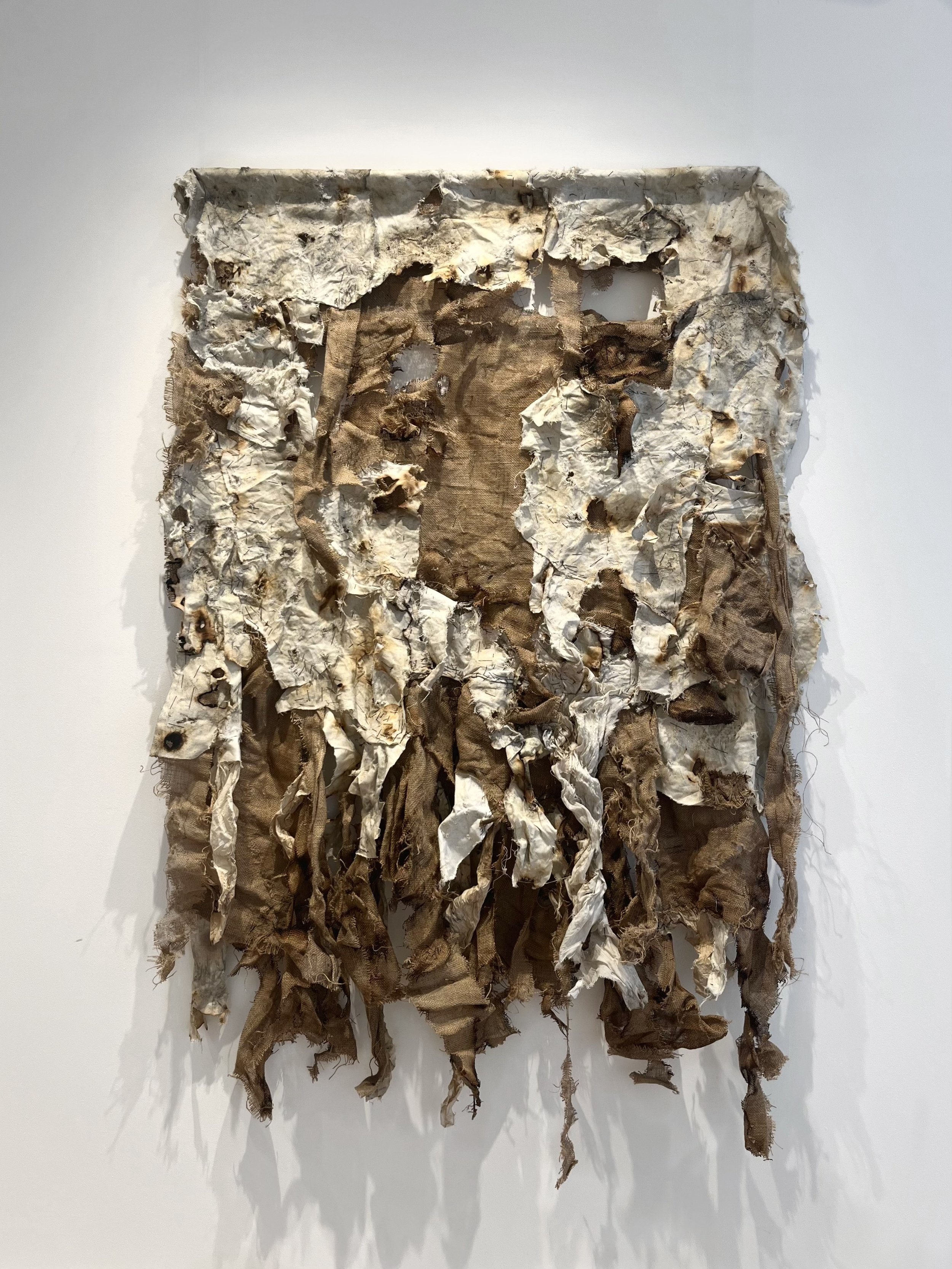Volume 5, Issue 1
Visual Art
including work by Holly Willis, Benjamin Erlandson and more
Joshua Tree Sunrise
Holly Willis is a hybrid artist/theorist working primarily in film, video, and still photography. Her work often examines the materiality of the image within a broader context of new materialist philosophy and the histories of experimental film, video, and photography with the goal to design encounters with media that spark an embodied sense of curiosity and wonder, alongside critical reflection about our relationship with the matter around us. Her images and essays have been published in numerous journals, including River Teeth, carte blanche, Ponder and The Normal School.
Relinquished
K.E. Downham is a mixed media visual artist native to the Midwest. She began immersing herself in the world of photography and design in 2011 where she found inspiration to explore adding textures to her photographs and create self-made elements. The combination of those things led her to where she is now in her artistic journey; exploring the crossover between photography, film, traditional and digital techniques. Her work is driven and inspired by textures, discarded objects, the unordinary and ordinary in nature, humanity, landscapes, music, street art and architecture. Her goal is to inspire those who see her work to look more carefully at the world around them: to see beyond the distraction of the conspicuous and to discover beauty in a combination of elements and everyday life.
Epigraph
Tanya L. Young is a BIPOC writer and visual artist. Her work has been featured in publications such as Stonecoast Review, New York Quarterly, Salt Hill Journal and others. She is currently a staff reader for TriQuarterly and The Maine Review.
Kami
Mizuki Nishiyama is a London-based, mixed-Japanese artist who creates raw and confrontational artworks spanning paintings, sculptures, tapestries, poetry, and performances that explore the fragile human condition. Nishiyama notably conducts dialogues and critiques the socio-politics of the female experience by incorporating the artist's Japanese paternal soil, which has buried her military ancestors since the 1400s, into her works, where she reevaluates ancestry, patriarchy, and time.
Exploring ideas of purity, femininity, Shintoism, and trauma; the artist utilises the elements of the world, and responds to what it means to be a woman today. The premise of the work begins with soil that the artist excavated from her paternal land in Japan; which dates back to the 1400s where her military ancestors (including members who committed Seppuku ritual suicides), and members that shaped Shintoism (Yoshida family; constructing the foundation of purification within the religion).
In the tapestries, Nishiyama is inspired by the concept of Kami; translating to "God", which holds no visual representation in Shintoism - only through Shide (white folded pieces of paper). White organic fabrics were first sourced, then burned (fire) to commence God and patriarchy to death, the fabrics were then buried in the ancestral soil (earth) for months, new life was given as they were pulled back out to be soaked in Japanese immune boosting teas (water), naturally weathered in London's (air), and finally treated with traditional Japanese distressing and sewing techniques; Sashiko and Boro; to construct and respond to past, present, and future narratives of existence, and the female narrative of the East and West.
In the paintings, Nishiyama incorporates the same soil as well as a deliberate knife cutting technique to slice through viscous oil pigments on canvas to depict violence and tranquility. Embracing deeply personal experiences to craft each artwork, the artist’s ongoing relationship with reproductive health and trauma has greatly influenced her practice and fueled her to confront vulnerability, fragility and the human condition. Creating is a chaotic yet meditative process for Nishiyama that allows her to make sense of the more tempestuous periods in life as well as continue to merge interdisciplinary thoughts and mediums to visualize the contemporary experience.
As a mixed-Japanese artist, Nishiyama draws inspiration from the East and West. Bridging her Hong Kong, Japanese and Italian cultural heritages. Nishiyama holds a Masters of Fine Arts degree from Central Saint Martins and a Bachelors of Fine Arts degree from Parsons School of Design. Her solo exhibitions include Shunga (2020) at Whitestone Gallery Hong Kong, An Exploration of Human Fragility: Love & Lust (2020) at the Tenri Cultural Institute of New York, and 脆い Moroi: An Exploration of Human Fragility (2019) at Greenpoint Gallery New York.
We Are All Addicted to Plastic
Dr. Benjamin Erlandson is a perpetual skeptic, longitudinal thinker, brewer, gardener, photographer, learning systems designer, and writer of fiction and nonfiction. Combinations of his efforts often manifest as technology, visual media, and printable narrative. He spends quite a bit of time in the mountains and rivers...mostly on foot, sometimes in a boat.
With several narrative projects in the works, Dr. Erlandson switches gears between fiction, nonfiction, and photography to keep his mind limber. He's been shooting for more than twenty-five years and writing creatively for more than thirty.
Recently, he launched The Upper New Review with support from the North Carolina Arts Council. Check out: uppernew.org
His photography has been featured in solo and juried shows such as the Spanish Peaks Arts Council, Photocentric Gallery, R Gallery, Valdosta State University, Spiva Center for the Arts, Hilliard Gallery, San Fernando Valley Arts & Cultural Center, Yeiser Art Center, Wilson Arts Center, Turchin Center for the Visual Arts, and Decode Gallery—and has been published in journals such as Burningword Literary, The Esthetic Apostle, Camas, Humana Obscura, Reservoir Road Literary Review, and Reed Magazine. In 2020, one of his photos was selected as the inaugural Conservation Award winner by the Appalachian Mountain Club.
Born and raised in Elkin, North Carolina, Ben has degrees from UNC-Asheville, Emerson College, and Arizona State University. He currently resides in Glade Valley, North Carolina.




